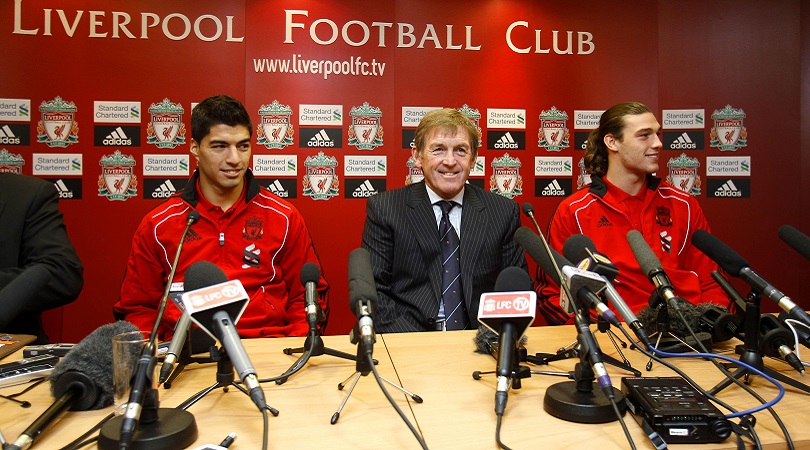
January net spend
The January transfer window gives managers a chance to refresh their squads ahead of the business end of the season, while it's also a handy time to shift some of the dead wood that's been lingering around the training ground for far too long.
As this slideshow demonstrates, some clubs are more active in the mid-season market than others. Using Transfermarkt data collated by CV-Library, we rank all 20 current Premier League sides by their net spend in the January transfer window since 2006/07.
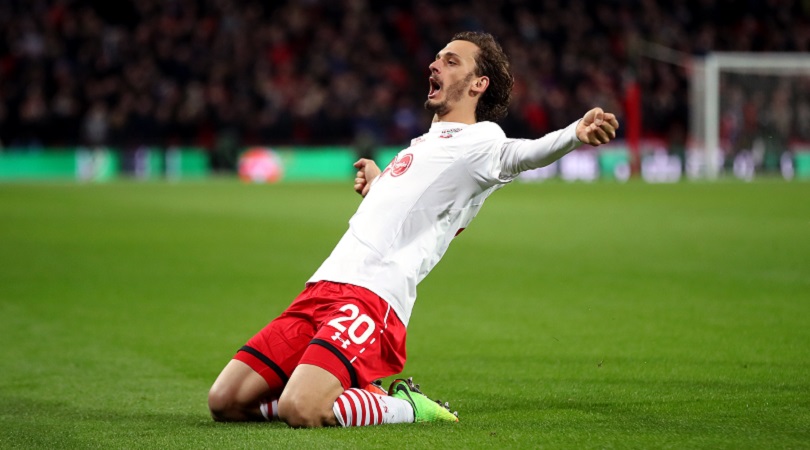
20. Southampton, £-43.4m
Southampton found themselves in the middle of this list after the January 2017 window, but the sale of Virgil van Dijk to Liverpool for £70.9m 12 months later sent them all the way down to 20th spot. The Dutchman became the most expensive defender in the history of the game when he moved to Anfield at the start of 2018, joining Jason Puncheon, Jack Cork and Jose Fonte in the list of players who left St Mary’s in the middle of the season.
In terms of arrivals, Southampton signed Charlie Austin and Ryan Bertrand in recent winter windows, splashing out a total of £42.1m since 2006/07.

19. Liverpool, £-33.9m
Liverpool have paid out more than £175m on January recruits since 2007, which makes them the second biggest spenders in the Premier League in that time. They're also second in terms of money recouped from sales, with the overall figure now standing at £216.7m following Philippe Coutinho's recent switch to Barcelona.
Fernando Torres is another who fetched a sizeable fee (£52.7m) upon departing Anfield, but the Reds have also splashed the cash on Luis Suarez, Andy Carroll and Virgil van Dijk.
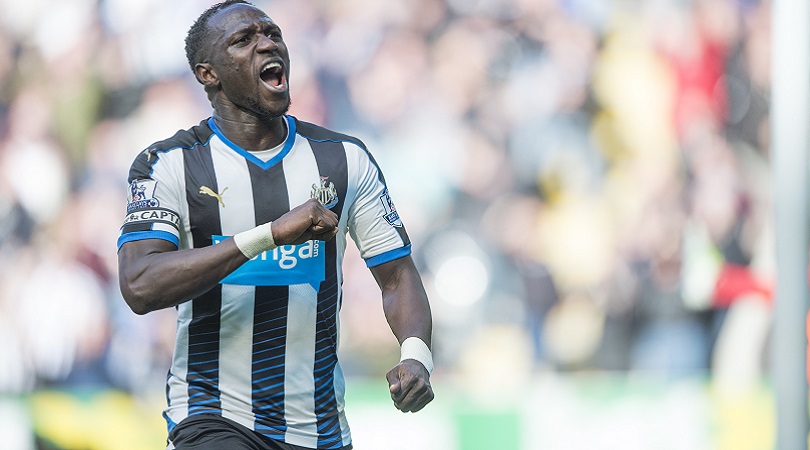
18. Newcastle, -£30.4m
While Newcastle fans were understandably disappointed to lose Yohan Cabaye to PSG in January 2014, they were more frustrated by the club’s failure to source a replacement. It’s been a familiar story for the Magpies since 2007, as owner Mike Ashley has often opted against reinvesting sums acquired from player sales.
As well as Cabaye’s departure for £22.5m, Newcastle sold Demba Ba (£7.65m), Andy Carroll (£36.9m) and Mapou Yanga-Mbiwa (£6.62m) in the first month of the year. They did, however, bring in Hatem Ben Arfa, Mathieu Debuchy, Moussa Sissoko and Papiss Cisse midway through the campaign.

17. Watford, -£7.4m
Watford have signed a league-high 38 players in January since 2007, but they’ve still received more money from sales than they’ve spent on recruits. Their expenditure of £49m is in line with fellow mid-table sides, but the Hornets have generated £56.5m in outgoings – more than all but five of their Premier League rivals.
The departures of Odion Ighalo and Adlene Guedioura brought the club £26m in January 2017, a year after Abdoulaye Doucore, Adalberto Penaranda, Nordin Amrabat and Mario Suarez all sealed switches to Vicarage Road halfway through the season.
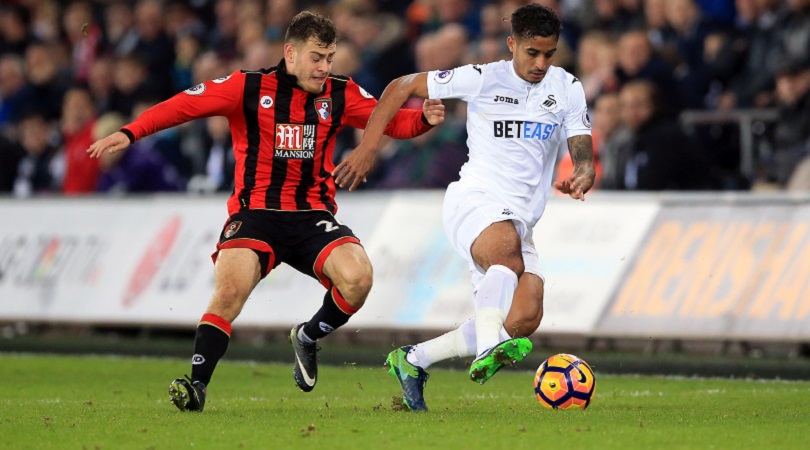
16. Swansea, -£7.1m
Only four clubs have signed more players than Swansea in recent January windows, but the Welsh outfit have still managed to stay in the black. With Carlos Carvalhal’s men fighting relegation in 2017/18, greater investment could be required to preserve their Premier League status.
Kyle Naughton, Jordan Ayew, Tom Carroll, Luciano Narsingh and Martin Olsson were acquired at the turn of the year and all remain members of Swansea’s squad, but £8.6m striker Alberto Paloschi was shipped out just five months after joining the club in January 2016.

15. West Brom, -£4.3m
Relegation-threatened West Brom will hope to add a few more bodies to the ranks before the January 2018 window slams shut, but for now their net spend in the period covered remains negative.
The Baggies have raked in £28.6m in the January sales, but the primary reason for their lowly position in this list is their moderate level of expenditure – only one top-flight club has spent less than the West Midlanders, and they haven’t even been in the Premier League for a full season yet. At £10.3m, the signing of Jake Livermore in 2017 accounts for a large chunk of their overall spend of £24.3m.

14. Arsenal, £11.5m
Arsenal fans were desperate to see their side sign a striker in January 2014, so the shock deadline-day addition of ageing, injury-prone defensive midfielder Kim Kallstrom didn’t go down particularly well in the red-and-white half of north London.
The Gunners have a lower net spend in the winter window than most of their domestic rivals, though, having splashed out just short of £60m and brought in around £46m since 2006/07. Kallstrom aside, some of the club’s more memorable January acquisitions include Andrey Arshavin, Mohamed Elneny, Nacho Monreal and Gabriel Paulista.
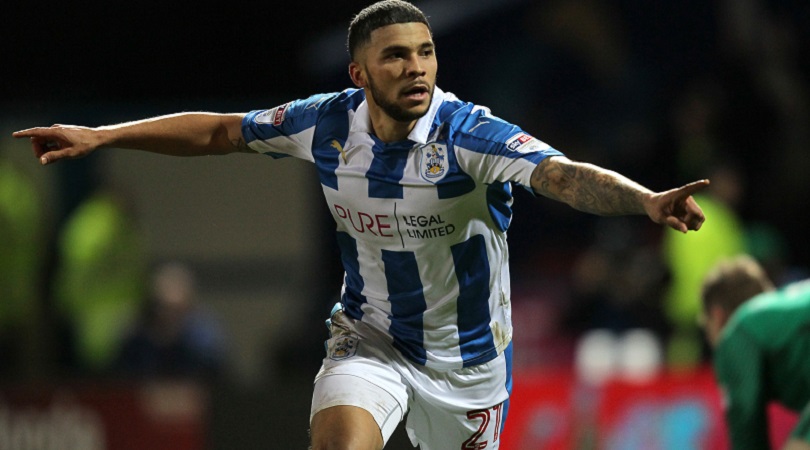
13. Huddersfield, £14.1m
Huddersfield signed Alex Pritchard for £11.1m in the January 2018 window, lifting them to 13th place in the net spend standings. Since 2007, the Terriers have traded 40 players in total, a figure which is around the average for Premier League clubs in the same timeframe; the difference, however, is the fact that money has only occasionally changed hands in Town's January dealings.
Huddersfield did spend cash on Nakhi Wells, Collin Quaner and Joe Lolley, but Danny Ward and Theo Robinson are the only players for whom they received fees in the winter window.

12. Man United, £14.4m
Manchester United would have been higher up this list had they simply paid Arsenal £35m for Alexis Sanchez, but the inclusion of Henrikh Mkhitaryan in the deal means their net spend remains the same as it was at the start of 2018.
The Red Devils have been big spenders in general in the last few years, but an overall winter outlay of £73.2m is far from the largest in the division. Since 2007, Juan Mata is the only high-profile player brought into Old Trafford mid-season, with Morgan Schneiderlin and Memphis Depay among those who have departed.
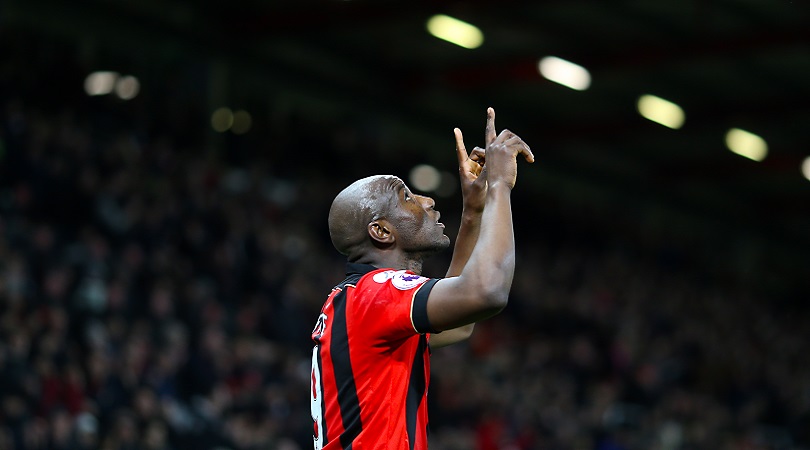
11. Bournemouth, £20.4m
Bournemouth have been among the most active Premier League sides in the January transfer market since 2007, snapping up 32 players in the first month of the year. Mid-campaign additions include Benik Afobe (£12m), Lewis Grabban (£8.4m) and Ryan Fraser (£432,000).
The Cherries have made just £4.74m in the winter market in the period covered, with Glenn Murray’s £3.2m return to former club Brighton in 2017 responsible for much of that total.

10. Chelsea, £21.2m
In terms of expenditure in the January window, no other Premier League side comes close to matching Chelsea’s extraordinary £264.5m since 2007. The Blues have splashed large sums on Fernando Torres, Nemanja Matic and David Luiz midway through the season, but their net spend remains low due to a phenomenal record of selling out-of-favour players for big money.
Shanghai SIPG parted with £60m to capture Brazilian midfielder Oscar in 2017, while China-bound John Obi Mikel fetched almost £10m in the same window. Ramires was sold to Jiangsu Suning for £25m the year before, and the Blues recouped £22m when Andre Schurrle joined Wolfsburg in 2015.

9. Brighton, £21.7m
Brighton broke their transfer record by snapping up striker Jurgen Locadia for £14m in January 2018, a deal which saw them rise to ninth place in this ranking. The south coast side have now spent £25.8m on January additions in the last decade, with the south coast club only managing to recoup £4.2m from player sales.
Anthony Knockaert, a regular for the Seagulls in the Premier League, cost £3.15m back in 2016, three years after Leonardo Ulloa joined from Almeria for £1.6m.

8. Leicester, £32.3m
Riyad Mahrez, Wes Morgan and Danny Drinkwater, three players who were integral to Leicester’s astonishing Premier League title triumph in 2015/16, were all bought by the then-Championship club in January transfer windows. Each member of the trio cost significantly less than Andrej Kramaric, captured for £8.1m from Rijecka in the early weeks of 2015.
Current squad members Wilfred Ndidi, Demarai Gray and Daniel Amartey all arrived at the King Power Stadium in winter.

7. Burnley, £33m
Burnley sold Michael Keane to Everton for £25.7m in summer 2017, but the former Manchester United defender cost the Clarets just £2.3m back in January 2015. Robbie Brady (£13.6m), Charlie Austin (£1.3m) and Ashley Westwood (£5.2m) also moved to Turf Moor in the winter, contributing to the club’s £33m net spend in the last 11 years.
Burnley have generated just £2.4m from January sales in that period, with the majority of the departed – including Ryan Noble, George Porter and Marvin Bartley – leaving on free transfers.

6. West Ham, £33.6m
Only Chelsea, Liverpool, Everton, Tottenham and Manchester City have spent more than West Ham on January arrivals since 2007. The London club have paid out £75m in transfer fees to land 28 different players, including Benni McCarthy in 2010, Sam Byram in 2016 and, as a replacement for the Marseille-bound Dimitri Payet, Robert Snodgrass in 2017.
Payet’s sale pumped £26.4m into the West Ham coffers, with the mid-season sales of Matt Jarvis, Valon Behrami and Mauro Zarate generating rather more modest sums for the Hammers.

5. Everton, £45.3m
Everton were down in 11th place in this ranking at the start of 2018, but their acquisitions of Cenk Tosun and Theo Walcott for around £20m each lifted them into the top six. Neither new arrival is the Toffees’ most expensive mid-season purchase in the period covered, though. That record belongs to Morgan Schneiderlin, who signed from Manchester United for £20.6m in 2017.
Ademola Lookman (£7.9m), Nikica Jelavic (£5.9m) and John Stones (£3.2m) were all bought for substantially less; in terms of outgoings, Everton recouped a total of £22.9m from the sales of Diniyar Bilyaletdinov, Steven Naismith and Jelavic.

4. Crystal Palace, £46.7m
The appointment of Sam Allardyce halfway through the season was the key factor behind Crystal Palace avoiding relegation in 2016/17, but some significant investment in the January transfer window certainly aided the former England manager’s efforts.
As well as landing Mamadou Sakho on loan, Palace spent £35.5m on the signatures of Patrick van Aanholt, Jeff Schlupp and Luka Milivojevic. Scott Dann, Wilfried Zaha and Jason Puncheon were other notable additions in previous winter windows, and Palace’s net spend is now edging closer to the £50m mark following Jaroslaw Jach’s recent arrival at Selhurst Park.

3. Tottenham, £47.4m
Tottenham have sold 30 players in January since 2007, which is more than any of their Premier League rivals. Their coffers have been boosted to the tune of £64.4m in that time, with Kyle Naughton, Andros Townsend and Jermain Defoe among the players to have departed White Hart Lane in the winter.
Spurs have also spent plenty in previous Januarys, with Dele Alli (£6m) by far their best signing in the first month of the year. The north Londoners’ total expenditure stands at £111.8m, giving them a net spend of £47.4m.

2. Stoke, £52m
Stoke may be locked in a relegation battle at the time of writing, but they’re much higher up the standings when it comes to net spend in January. The Potters have a mid-season outlay totalling £63.5m in the last decade, with Saido Berahino (£12.5m), Jack Butland (£3.4m) and Giannelli Imbula (£21.8m) among those who signed for the club at the start of the new calendar year.
The main reason for Stoke’s lofty position is the minimal amount of money they’ve recovered in the winter market – just £11.5m, which is lower than all but four of their fellow top-tier outfits.

1. Man City, £135.1m
Not only are they top of the Premier League table right now, Manchester City comfortably take first place in terms of January net spending since 2007. At £135.1m, City's net spending is more than two-and-a-half times the amount of second-placed Stoke. The Citizens' mid-season expenditure is around £50m lower than Chelsea’s, but the Abu-Dhabi backed club have generated a relatively paltry £50.5m in the January sales, which explains their position at the top of this table.
Edin Dzeko (£33.m), Nigel de Jong (£16.2m) and Gabriel Jesus (£28.8m) are among the big-money purchases City have made in the winter window, with Aymeric Laporte reportedly on his way to the Etihad Stadium before the start of February 2018.
Greg Lea is a freelance football journalist who's filled in wherever FourFourTwo needs him since 2014. He became a Crystal Palace fan after watching a 1-0 loss to Port Vale in 1998, and once got on the scoresheet in a primary school game against Wilfried Zaha's Whitehorse Manor (an own goal in an 8-0 defeat).
 Join The Club
Join The Club






